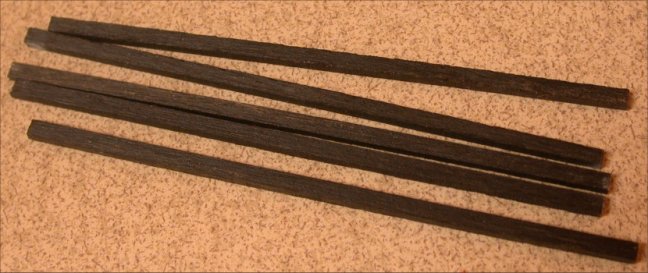
That acoustic beauty that you had been eyeing for a long time, you buy and it finally arrives at your doorstep. You rip open the packaging, tune up the instrument but discover that due to a rather low saddle/nut, your brand new guitar is buzzing.
Scenario 2: The deal that you’re getting on that old acoustic is a steal. Everything is perfect about the instrument, except its saddle/nut is really low. Again that irritating buzz!
Is it alright to shim the saddle/nut?
A shim is a piece of material stuck to the bottom of the saddle/nut to increase its height and improve action on the guitar. The use of shims is very common among guitar players and everything has been used from ordinary business cards to credit/debit cards to bone and ebony.
So, is it ok to shim the saddle/nut?
Yes and no! Don’t slap your forehead, hold onto your horses as I explain.
In the first scenario, where you have waited and saved to buy your dream guitar, a low saddle or nut can be a bummer. But, unless it is a boutique guitar maker, who will take the time (and very big money) to get everything right, it is quite possible that the manufacturer of your guitar, who pushes out at least 50 instruments a day, inadvertently, didn’t give the required height to the saddle or the nut.


Why would you want to scrimp on the cost of a new saddle or nut? Just throw out the offending piece and get a bone saddle or nut, OR BOTH installed! So, no, don’t shim!
In the second scenario, a low saddle or nut on a previously owned instrument – most probably – means that the action on the guitar demanded that the saddle/nut be brought down for the instrument to play properly. To confirm, you may put in a shim of any material and check the action.
And then again, maybe, there’s too much relief in the neck and instead of using the Allen key to straighten the truss rod (and thus, the neck), the previous owner, for whatever reason, decided to shave down the saddle/nut or both to get the action right!
If you take the instrument to a guitar technician who knows what he/she is doing, he/she will set-up the instrument and put in a new saddle/nut or both, if it is required.
So, again, no shims required!
But I did say that shimming a saddle/nut is okay in some cases. Let’s understand where and how.
For that allow me to drag you back into school and into the Physics class. The topic of study is ‘refraction of light’.
Remember there was an example of how a rod put in a beaker of water appears broken or twisted? If you recall, the teacher had attributed it to the rays of light passing from a rarer medium (air) to a denser medium (water), and in the process, bending. That bending of the rays of light is what causes the rod to appear broken or twisted.
Much in the same manner, when you shim a saddle/nut with just about anything you can lay your hands on, you are bound to kill the sound of your instrument. When sound waves move from a rarer to a denser medium, or vice-versa, it is quite possible that much of the energy is lost due to absorption, UNLESS, the shim that you are using is of the same material as the saddle/nut.

The homogeneity of material ensures that no sound energy is lost but is seamlessly transferred from the saddle/nut to the shim and to the soundboard/headstock.
So, if it is a bone saddle/nut and it must be shimmed, ensure that it gets only a bone shim for negligible energy loss.

Hi, I wonder if you can help me? I bought a Yamaha CX40 Classical Guitar last April. When I changed the strings the other day two small plastic shims fell out from underneath the saddle. Because each shim is wedge shaped I’m not sure which way round they were originally fitted? If fitted with the two fat ends on the low string end it would raise the bass strings. If fitted with one shim thin and one fat end together it would raise the strings evenly across the saddle. I refitted them this way (evenly) and there is a little bit of buzz on the D string but otherwise good. Any thoughts on which way they are meant to go? Thank you.
Hi, Phil!
Thanks for writing in.
Whichever way the shims do go in, they were never meant to be there!
Shims are a stopgap arrangement to raise saddle height. They raise the
height of the saddle but take away tremendously from the sound quality.
In my humble opinion, unless a shim is made from the same material as the saddle,
there is always going to be some loss of sound.
In a classical guitar, where no picks are involved, any loss of sound is best avoided.
MY ADVICE: Chuck the saddle and the shims in the dust bin and buy a new bone saddle
that will fit your saddle slot perfectly, and give you the action that you prefer.
Any music shop should be able to do that for you.
All the best!